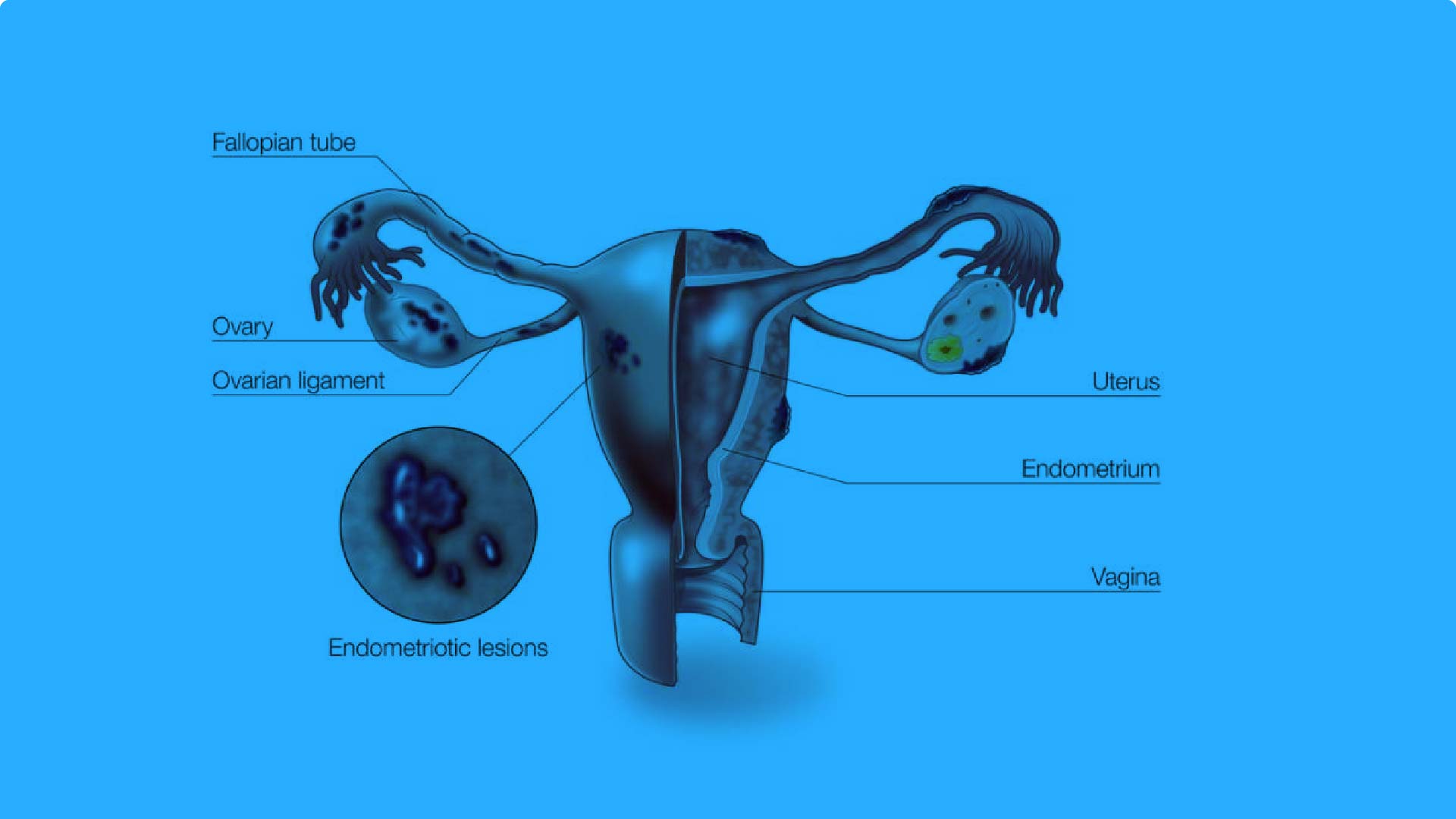Dienogest 2 mg Daily in the Treatment of Adolescents with Clinically Suspected Endometriosis: The VISanne Study to Assess Safety in ADOlescents
Mar 7, 2021 , Medevista OfficialRelative to adults, there are limited data on the frequency and symptoms of endometriosis in adolescents,1,2 although many women first report symptoms in their teens or earlier.3e5 Approximately 5% of girls aged 15-19 years report severe dysmenorrhea not alleviated by combined oral contraceptives (COCs) and pain medication, a condition suggestive of endometriosis.6,7 Endometriosis has been
diagnosed using laparoscopy in young adolescents and young women (younger than 19-21 years) with dysmenorrhea and chronic pelvic pain at rates between 35% and 70%.2,8e10 The most common treatments for adults with endometriosis are medications to reduce pain (for example, nonsteroidal anti-inflammatory drugs [NSAIDs]), hormonal therapies, and laparoscopic surgery.11 The rationale for hormonal therapies is to reduce circulating concentrations of estrogen, which decreases endometriotic lesion size and symptoms. Hormonal therapies available include COCs (unapproved by regulatory authorities for use in endometriosis), progestins, gonadotropin-releasing hormone Andreas D. Ebert has received consulting fees and reimbursement from BayerGermany, Jenapharm Germany, Takeda Germany, and Gedeon Richter. Liying Dong, Martin Merz, Bodo Kirsch, Maja Francuski, Kerstin Gude, and Christian Seitz are fulltime employees of Bayer AG. Horace Roman has received consulting fees from Nordic Pharma, Bayer, Covidien, Ipsen, and Plasma Surgical Ltd. Pia Suvitie has received consulting fees and reimbursements from Gedeon Richter Nordics, MSD,Covidien, and Olympus. Olga Hlavackova and Bettina Bottcher indicate no con € flicts of interest.
0 comments

Dienogest 2 mg Daily in the Treatment of Adolescents with Clinically Suspected Endometriosis: The VISanne Study to Assess Safety in ADOlescents
Mar 7, 2021 , Medevista OfficialRelative to adults, there are limited data on the frequency and symptoms of endometriosis in adolescents,1,2 although many women first report symptoms in their teens or earlier.3e5 Approximately 5% of girls aged 15-19 years report severe dysmenorrhea not alleviated by combined oral contraceptives (COCs) and pain medication, a condition suggestive of endometriosis.6,7 Endometriosis has been
diagnosed using laparoscopy in young adolescents and young women (younger than 19-21 years) with dysmenorrhea and chronic pelvic pain at rates between 35% and 70%.2,8e10 The most common treatments for adults with endometriosis are medications to reduce pain (for example, nonsteroidal anti-inflammatory drugs [NSAIDs]), hormonal therapies, and laparoscopic surgery.11 The rationale for hormonal therapies is to reduce circulating concentrations of estrogen, which decreases endometriotic lesion size and symptoms. Hormonal therapies available include COCs (unapproved by regulatory authorities for use in endometriosis), progestins, gonadotropin-releasing hormone Andreas D. Ebert has received consulting fees and reimbursement from BayerGermany, Jenapharm Germany, Takeda Germany, and Gedeon Richter. Liying Dong, Martin Merz, Bodo Kirsch, Maja Francuski, Kerstin Gude, and Christian Seitz are fulltime employees of Bayer AG. Horace Roman has received consulting fees from Nordic Pharma, Bayer, Covidien, Ipsen, and Plasma Surgical Ltd. Pia Suvitie has received consulting fees and reimbursements from Gedeon Richter Nordics, MSD,Covidien, and Olympus. Olga Hlavackova and Bettina Bottcher indicate no con € flicts of interest.
